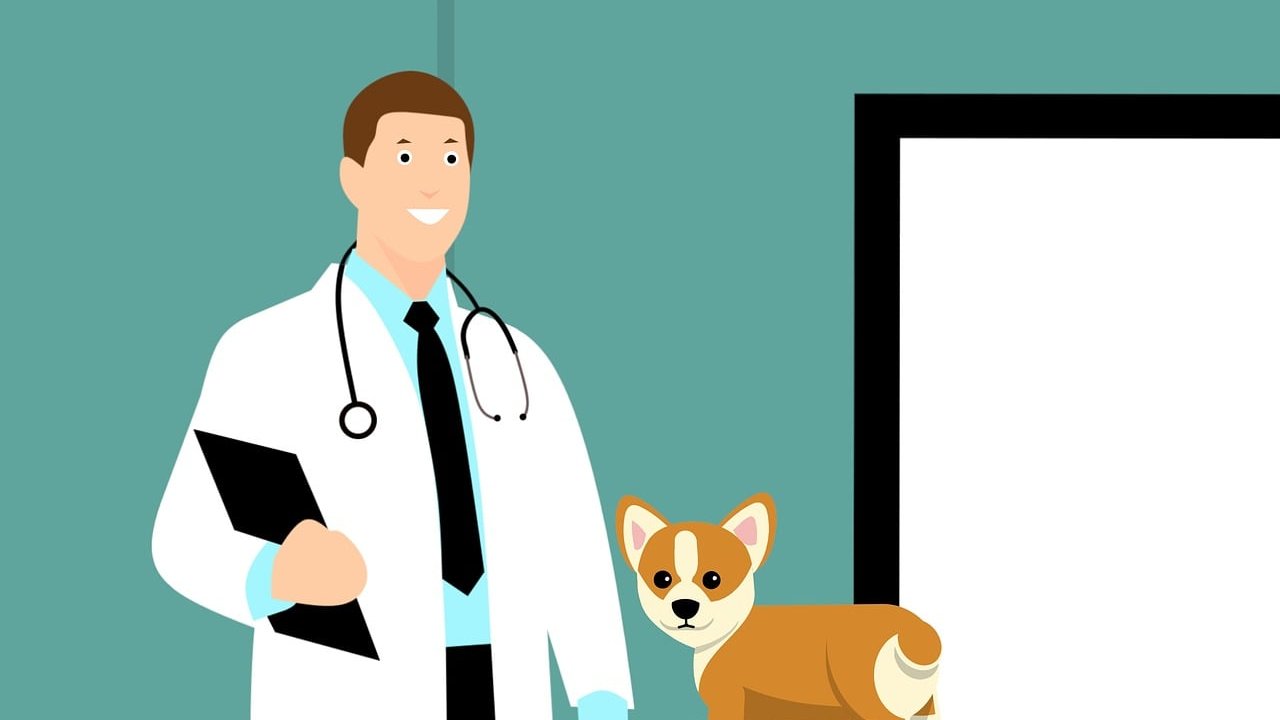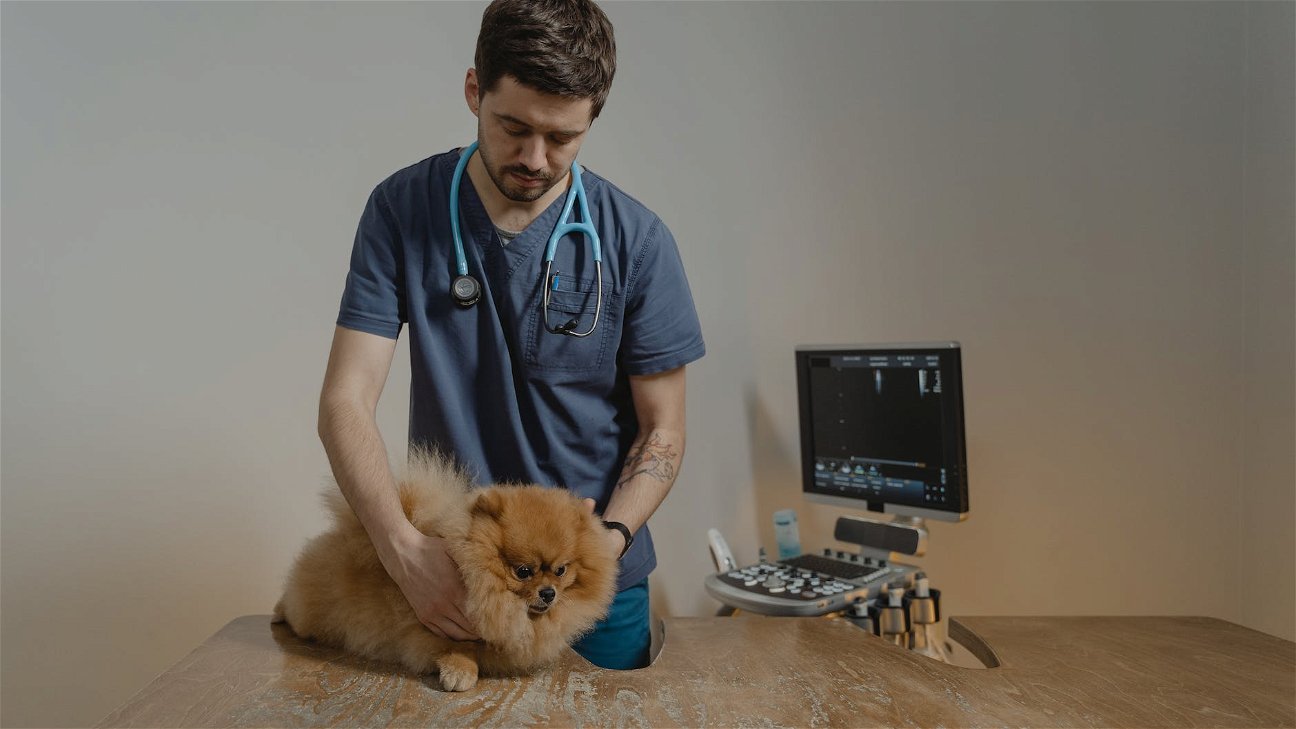
Dealing with aggressive behavior in pets can be challenging. Pet owners often feel helpless and frustrated. Whether it's a dog that's become overly protective or a cat that seems to lash out for no apparent reason, aggressive behavior can create tension in the home and put both pets and their owners at risk. But don't worry! There are proven strategies for mitigating aggressive behaviors in pets.
Understanding pet aggression
Before we jump into the mitigation strategies, it's essential to understand why pets become aggressive. Aggression in pets can stem from fear, dominance, territoriality, pain, or frustration. Some pets may also become aggressive due to a lack of socialization or as a response to certain stimuli or situations.
Signs of aggression in pets
Aggressive behaviors in pets can range from subtle signs to explicit acts of aggression. Some common signs include growling, hissing, baring teeth, swatting, biting, and scratching. It's important to monitor these behaviors and try to identify any triggers or patterns.
Strategies to mitigate pet aggression
Mitigating aggression does not mean punishing your pet. Instead, it requires patience, understanding, and a structured approach. Here are some strategies that can help:
1. Professional help: If your pet's aggression is severe or if you feel uncomfortable handling the situation, seek the help of a professional. Animal behaviorists and veterinarians can provide valuable insight and develop customized training plans.
2. Training and socialization: Exposing your pet to various environments, situations, and other animals can help them become more comfortable and less likely to be aggressive. Start with short, controlled sessions and gradually increase the duration and intensity.
3. Positive reinforcement: Reward your pet for positive behavior. This could be in the form of treats, toys, praise, or extra playtime.
4. Medication: In some cases, pets may need medication to manage their aggression. Always consult a vet before giving your pet any form of medication.
5. Creating a safe space: Pets often exhibit aggressive behavior when they feel threatened. Creating a safe, quiet space for your pet can help them relax and feel secure.
Safety measures when dealing with aggressive pets
Remember, the key to mitigating aggressive behaviors is understanding your pet's needs and showing them consistent, positive reinforcement. You are not alone in this journey, and there are many professionals who can help guide you through the process.











